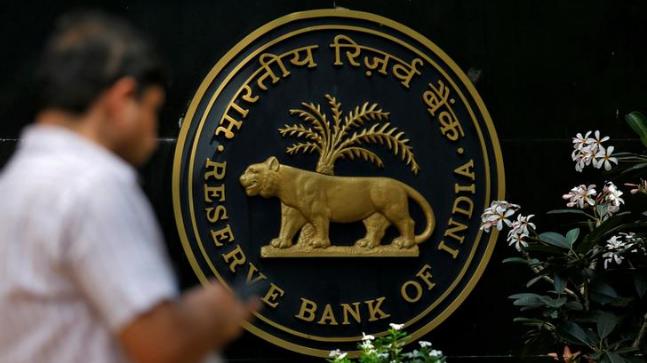After five consecutive cuts in interest rates, the Monetary Policy Committee (MPC) of the Reserve Bank of India (RBI), headed by Governor Shaktikanta Das, Thursday has unanimously voted to hit the pause button. The six-member panel has retained the key repo rate at 5.15 per cent and reverse repo rate at 4.90 per cent. The action of the bank was highly unexpected and ran contrary to the body language of the central bank over the past six months or so, when they seemed amenable towards out-of-the-box thinking and proactive in terms of supporting growth. Ever since Das took over reins of the bank, he has been steadily cutting interest rate amid a depressing growth scenario. Cumulatively, the bank has cut 135 basis points in repo rate (the rate at which RBI lends to commercial banks) since February. The cut was basically in sync with tamed inflation numbers. Inflation staying below 4 per cent had been more or less within the tolerance zone of the RBI. However, inflation overshooting 4 per cent owing to sustained rise in food and vegetable prices must have had RBI worrying. The bank has apparently given more importance to prevailing inflation pressure and rising food prices over the worrying slowdown in the economy.
The RBI must have reckoned that a 135-basis-point cut in interest rate over last 10 months has not helped revive growth. On the contrary, the country’s GDP growth has dipped further in the July-September quarter to 4.5 per cent — the lowest in 26 quarters compared with 5 per cent in the preceding quarter. Rate cuts alone may not be the panacea for economic slowdown.
Retail inflation has started inching up. Prices of every article, more of vegetables and food items, have been constantly rising over the last few months. Onion, a key kitchen ingredient in every household, has baffled the government and consumers alike. Poor harvest courtesy unseasonal rain, has pushed prices of the bulb to a jaw-dropping Rs 140 per/kg in the local markets. Equally prohibitive has been the prices of other vegetables. Consumer price index-based inflation was at a 16-month high of 4.6 per cent in October — higher than the central bank’s median target of 4 per cent. Inflation is expected to inch up further in the coming months. This must have made the December policy-review for monetary policy makers a complicated task. The bank said the pause is temporary and the RBI wanted to assess the effect of its policy after reduction of 135 basis points in five policies this year. Consecutive cuts in interest rates by the central bank have been nullified by the reluctance of banks to pass on the benefits of rate cuts. Banks have passed on only 44 basis points of the rate cuts to borrowers over the last 10 months.
The central bank must have realised there is no use cutting interest rates if banks are not made to transmit the benefits to consumers. The banks, read the government, must act now. That said, rate cuts are not off the table. The committee has said there is space for further action in the coming months, but just not today. For now, the RBI is more concerned about the onions that continue to bring tears to the eyes of Indians. Banks must take a cue and lower interest rates, pronto.
